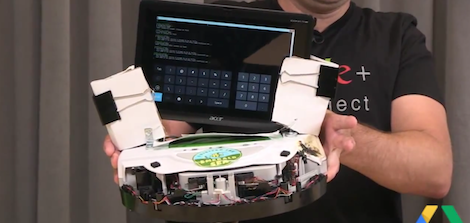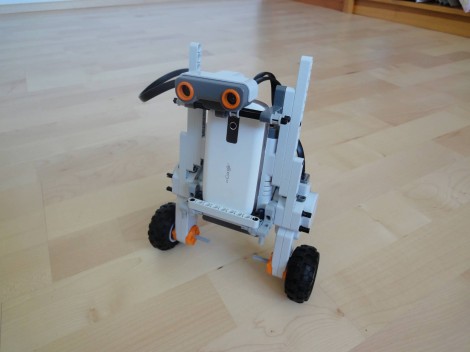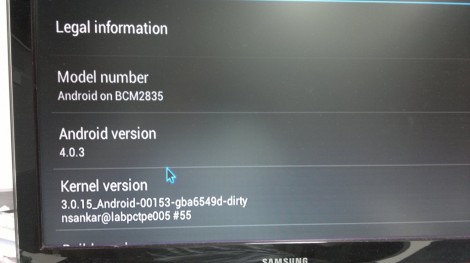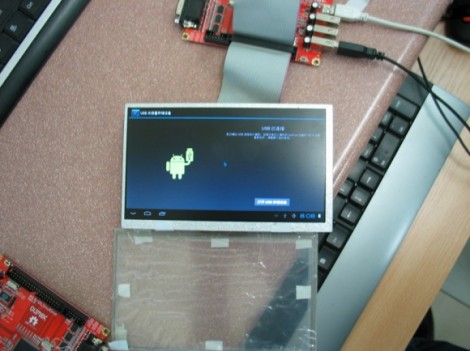
[Gus] made it to the Google+ developers vlog to show off his new Google+ hangout controlled robot. This robot, named OSCAR (Overly Simplified Collaboratively Actuated Robot), drives around according to the whims of everyone in a Google+ hangout. Not only is the robot under remote control through a Google+ hangout, it also features a camera, allowing a hangout audience to explore a space in real time.
[Gus] built OSCAR out of an old Roomba he found in his parent’s basement. After attaching an Android tablet to the Roomba with some binder clips, [Gus] put a web server on the tablet and wrote a Google+ hangout extension allowing all hangout viewers to remotely control OSCAR.
Right now, all the commands received on the hangout are put into a queue, meaning everyone on a hangout has control of OSCAR. The next version will change those commands to deltas, or changes in the current state, canceling out conflicting commands. If only we had one of these while we were streaming for the Red Bull competition…
You can check out a demo of OSCAR after the break.














